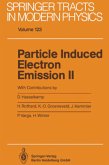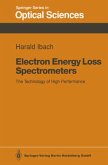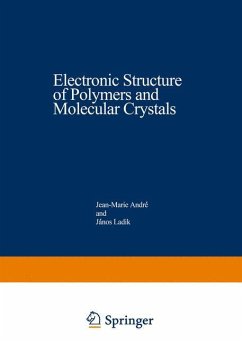This monograph discusses collision-induced electron emission from nearly free-electron metals by ion or electron impact. This subject is, as is well known, of acute importance in understanding plasma-wall interactions in thermonuclear reactors. It is also the basis for one of the most exciting technological developments of the last few years - scanning electron miscroscopy. Several electron excitation mechanisms of electrons in the target are considered: excitation of single conduction and core electrons, excitation by plasmon decay and by Auger processes. Transport of inner excited electrons is simulated by the Boltzmann equation incorporating both elastic and inelastic collisions. The numerical calculation of scattering rates uses a dynamically screened Coulomb interaction. These results for the energy distributions of emerging electrons as well as the electron yield are compared with recent experimental measurements on electron emission from polycrystalline aluminum.
Hinweis: Dieser Artikel kann nur an eine deutsche Lieferadresse ausgeliefert werden.
Hinweis: Dieser Artikel kann nur an eine deutsche Lieferadresse ausgeliefert werden.









